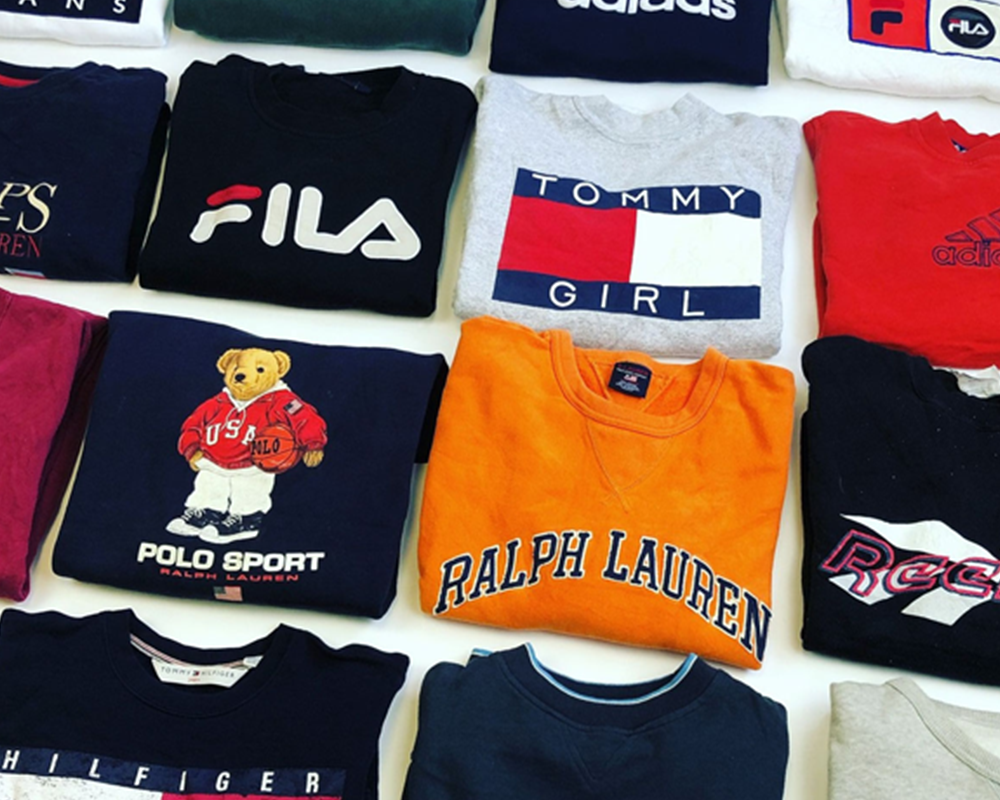
Introduction
In recent years, the second-hand clothing industry in the UK has experienced a significant boom. Driven by a combination of environmental awareness, economic factors, and changing consumer attitudes towards fashion, this market has expanded rapidly. Among the most significant trends within this sector is the rise of second-hand clothes wholesale, where retailers and entrepreneurs purchase large quantities of pre-owned garments to resell to consumers. This article explores the dynamics of second-hand clothes wholesale in the UK, including its benefits, challenges, and future prospects.
The Appeal of Second-Hand Clothes
The increasing popularity of second-hand clothing can be attributed to several factors:
- Sustainability: Consumers are becoming more conscious of the environmental impact of fast fashion. The fashion industry is one of the largest contributors to pollution, and the throwaway culture associated with fast fashion exacerbates the problem. By purchasing second-hand clothing, consumers can reduce waste and lessen their environmental footprint.
- Affordability: Second-hand clothes are typically much cheaper than new items, making them an attractive option for budget-conscious shoppers. This affordability extends to wholesale buyers, who can acquire large quantities of clothing at a fraction of the cost of new items.
- Unique Finds: Second-hand shopping offers the thrill of discovering unique and vintage pieces that are no longer available in mainstream stores. This aspect appeals to fashion enthusiasts and those looking to express their individuality through their clothing choices.
The Wholesale Market for Second-Hand Clothes
The wholesale market for second-hand clothes in the UK is diverse, with businesses ranging from small-scale operations to large international players. These wholesalers source clothing from various channels, including charity shops, clothing banks, donation centers, and direct purchases from individuals.
- Sources of Second-Hand Clothes:
- Charity Shops: Many wholesalers establish partnerships with charity shops to purchase unsold or excess stock in bulk. This arrangement benefits both parties; the charity shops can offload surplus items, while wholesalers gain access to affordable clothing.
- Clothing Banks and Recycling Centers: These facilities often receive large quantities of donated clothing. Wholesalers can buy bales of sorted or unsorted clothing, depending on their needs.
- Direct Sourcing: Some wholesalers work directly with individuals or communities to purchase clothing. This approach is more common in international markets, where clothing is collected from wealthier countries and sold in bulk to developing nations.
- Quality and Grading:
- The quality of second-hand clothing is crucial for wholesalers, as it directly impacts their ability to resell items. Clothing is typically graded into categories such as A, B, or C, with A-grade items being in excellent condition and C-grade items requiring some repair or only suitable for recycling.
- Some wholesalers specialize in specific types of clothing, such as vintage, designer, or children’s wear, which allows them to target niche markets.
- Pricing and Profit Margins:
- The cost of second-hand clothes in the wholesale market varies depending on factors such as the source, quality, and type of clothing. Typically, prices are calculated per kilogram or per bale.
- Profit margins in the second-hand clothing wholesale business can be substantial, particularly for those who can source high-quality items at low prices. However, margins can be slimmer for lower-grade clothing, where the resale value is lower.
Challenges in the Industry
While the second-hand clothes wholesale industry in the UK offers many opportunities, it also faces several challenges:
- Supply Chain Issues: The supply of second-hand clothing can be unpredictable, and wholesalers may struggle to maintain a consistent inventory. This issue is compounded by the fact that the quality and type of clothing available can vary widely.
- Competition: The growth of the second-hand market has attracted a significant number of players, leading to increased competition. Wholesalers must differentiate themselves through quality, pricing, or specialization to stay competitive.
- Regulatory Compliance: The second-hand clothing industry is subject to various regulations, particularly concerning the import and export of used goods. Wholesalers must navigate these regulations to avoid legal issues and ensure the smooth operation of their businesses.
- Stigma: Despite the growing acceptance of second-hand clothing, some consumers still perceive it as inferior to new items. Wholesalers must work to change this perception through marketing and education.
The Future of Second-Hand Clothes Wholesale in the UK
The future of second-hand clothes wholesale in the UK looks promising, driven by ongoing shifts in consumer behavior and an increasing focus on sustainability. Several trends are likely to shape the industry in the coming years:
- Growth of Online Platforms: The rise of online resale platforms and marketplaces has made it easier for wholesalers to reach a broader audience. Digitalization will continue to play a significant role in the expansion of the second-hand clothing market.
- Circular Fashion: As the concept of circular fashion gains traction, where clothing is designed, produced, and used with the intent of being recycled or repurposed, the demand for second-hand clothing is likely to increase. Wholesalers can capitalize on this trend by offering high-quality, sustainable options.
- Collaboration with Retailers: More mainstream retailers are exploring the resale market as a way to appeal to eco-conscious consumers. Partnerships between traditional retailers and second-hand wholesalers could become more common, further driving the industry’s growth.
- Niche Markets: Specialization in niche markets, such as luxury second-hand, vintage, or specific fashion eras, will allow wholesalers to cater to specific customer segments and stand out in a crowded market.
Conclusion
Second-hand clothes wholesale in the UK is a dynamic and growing industry with significant potential. As consumers increasingly prioritize sustainability, affordability, and uniqueness in their fashion choices, the demand for second-hand clothing will continue to rise. While the industry faces challenges such as supply chain issues and competition, the future looks bright for those who can navigate these obstacles and capitalize on emerging trends.
